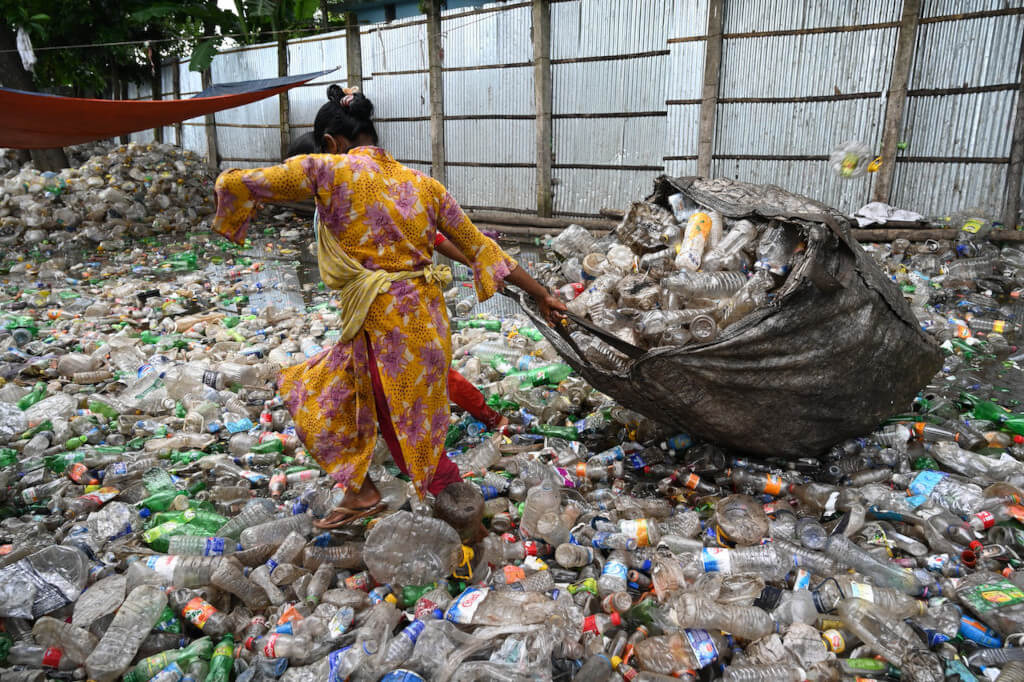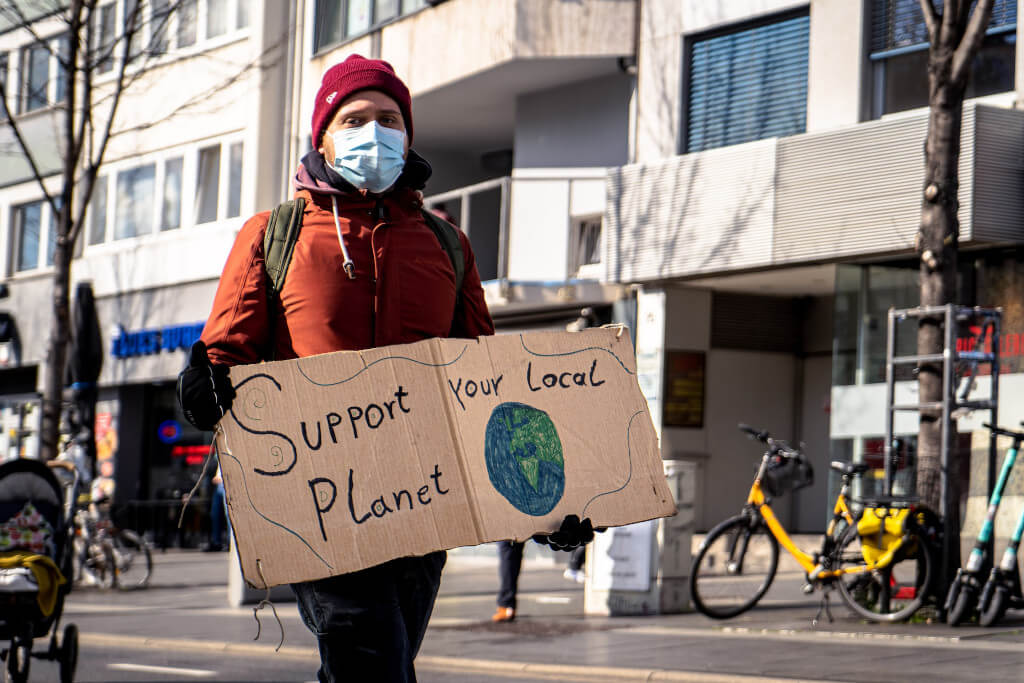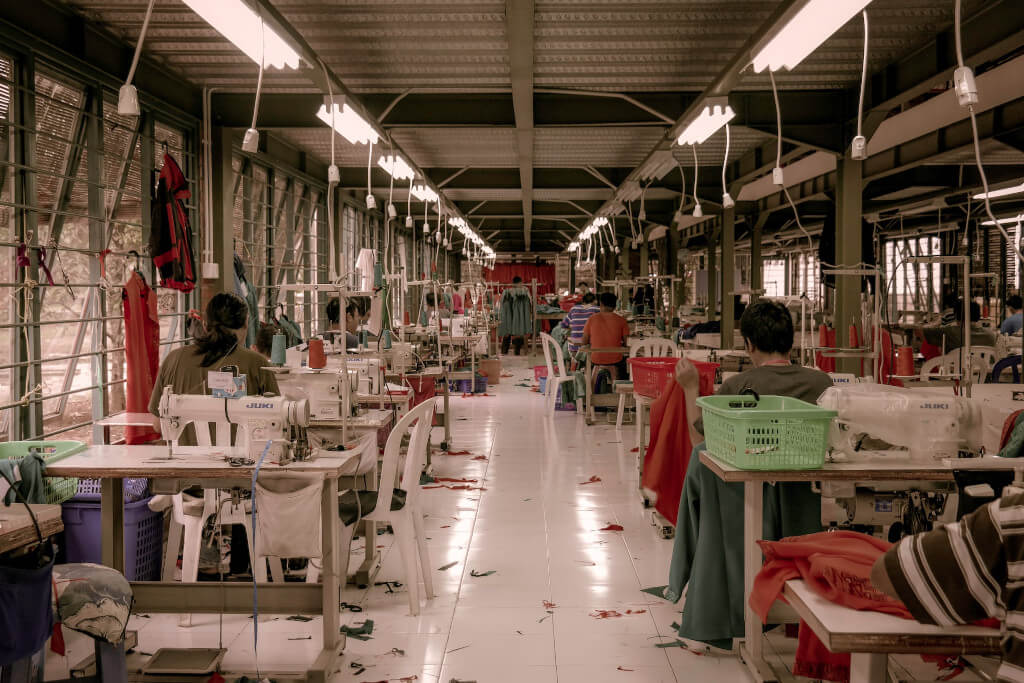Their Roots Can Be Traced Back to the States of Gujarat and Rajasthan
These communities were nomadic by nature, and their primary source of income consisted of the collection and sale of used clothing. The women in this community were extremely important to the success of their enterprise. They went from neighborhood to neighborhood, knocking on people’s doors and collecting used clothing in exchange for metal cooking utensils made of steel and aluminum.
After being sorted, cleaned, and repaired, these used garments were prepared for sale in the mandi, which is also known as the second-hand market. These mandis can be found all over the country and are referred to as “Chindi Bazaars” by the people who live there. In the early hours of the night, the chindi bazaars transform into flea markets known as chor bazaars. Waghri business can be heard echoing from the “Chor Bazaar” in Subhash Nagar, Madhya Pradesh, to the “Ghoda Mandi” in Raghubir Nagar, Delhi.
The garments are marketed to the intermediaries of second-hand garments vendors, building workers, people living in slums, and other people in similar situations. Prices for individual articles of clothing, such as sarees, trousers, and shirts, can range anywhere from 5 to 50 euros. The used clothes that are in too poor of condition to be resold as secondhand clothes are given to those who make rugs based on the weight of the clothing.
Under the terms of the Criminal Tribes Act of 1871, these “undetectable recyclers” were at one point designated as a group that falls under the category of criminals. Even though the Act was overturned by an individual Indian government in the year 1952, the shame continues to this day. The residents of this community are frequently ceased by the municipal government and law enforcement officials so that their belongings can be searched. They sometimes find themselves in the position of having to pay a trifling bribe to be left unsupervised.
Nevertheless, it appears that these women are fading away into the background of the contemporary urban way of life as a consequence of the changing times. The modern consumer simply does not have the time to haggle over kitchenware prices. Because these households have two incomes, there is no one at home in the late afternoon to look at the products they are selling.
The low-quality clothing that is sold by fast fashion retailers often does not last long enough for it to be worthwhile to sell in second-hand markets. Second-hand markets are thriving, and a common source of their merchandise is clothing that was brought into the country illegally. To safeguard its textile producers, the government of India instituted a prohibition on the import of previously worn clothing in the year 2008.
The raw material for the home furnishings industry in Panipat, which includes the production of blankets, rugs, and pillow filling, was temporarily allowed to come from the import of only garments that had been mutilated. However, at the Kandla Special Economic Zone (SEZ) in Gujarat, heaps of imported second-hand clothing that has not been mutilated are frequently discovered hidden behind other clothing that has been mutilated. The Clothing Manufacturers Association of India estimates that roughly 550 billion rupees worth of illegally imported textile products enter India every year through the nation’s ports and airports.

Only a few of the investors in the Kandla Special Economic Zone believe that the imported used clothing can be of use to the less fortunate. Nevertheless, these imported garments frequently make their way to Sarojini Nagar in Delhi or Linking Road in Mumbai, which are neighborhoods in which the target market is comprised of college students from middle-class and upper-middle-class families. Shoppers in Sarojini Nagar or Colaba are most certainly not among the economically disadvantaged people that investors in Kandla claim to help. The informal Waghri trade, in contrast, distributes second-hand clothing in India at prices that are affordable to the country’s rural and urban poor.
The Waghri community is not recognized by modern textile recyclers even though they prevent the country’s unwanted clothing from ending up in landfills. This community was dealt another blow in 2016 when the money model began to experience difficulties as a result of demonetization. As a result of a shortage of cash, the middlemen started picking up the clothes on credit; however, a significant portion of the debt was never paid back.
The good hard working women of the community frequently put the cash notes of 500 yen, which were canceled not long after they were printed, in the jars in their kitchens to save it. The community was unable to maintain its way of life in the absence of bank accounts. The Waghri traders were then presented with the next challenge, which was COVID-19. The social standards of disassociating and the closure of all markets made it difficult for the company to continue being successful.
As Time Passes, the Community Undergoes Various Changes
These days, the housemaids who work in upper-class homes trade hand-me-down clothing with the Waghri women in exchange for kitchen implements. Containers made of plastic and utensils of the same material have been discovered in their baskets. They give the vineyard farmers and manufacturing workers the used sarees and clothes that they no longer need directly. Orphanages are contacted to set up sales of clothing items that have been donated.
Since the beginning of time, members of the Waghri community have been the undisputed leaders of the used clothing industry. They do not farm, they do not own any land in the villages where they live, and they aren’t an agricultural community. In contrast, it seems as though their prospects are becoming less favorable in this volatile and unsure world. They are not even permitted to enter the premises of the high-rise apartments because they have such stringent security guards. The kids of the community attend the schools that are run by the local government.
The vast majority of members of the youth of today are pursuing careers in other fields. The Waghris, much like a great number of the country’s other indigenous communities and tribes, are in danger of losing their traditional way of life and culture. The question is whether or not this community still has something distinctive to add value to modern India, or whether or not it is high time that they get integrated with the majority of society; whether or not the government should attempt to preserve their identity by supplying them with a means of subsistence that is in line with their heritage, or whether or not an alternative form of subsistence should be identified for them. Such questions can only be answered by the passage of time.



